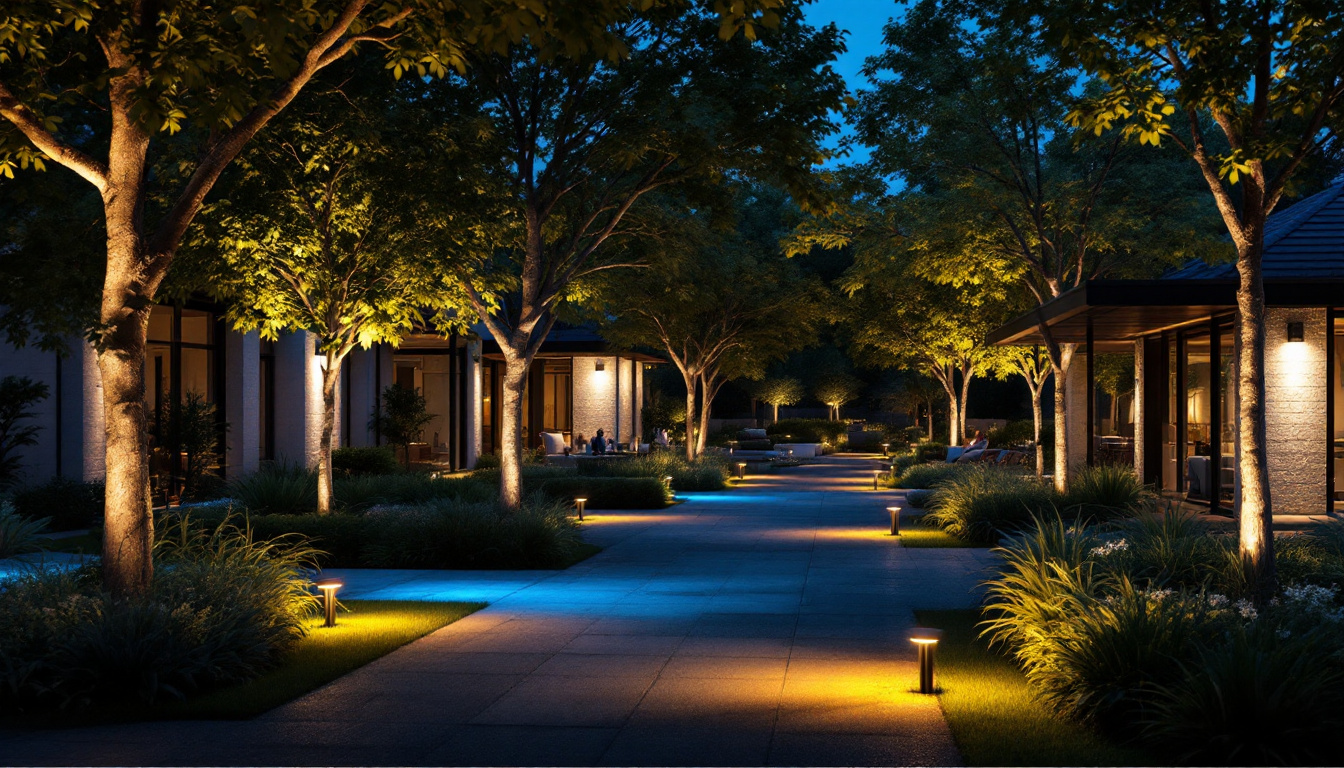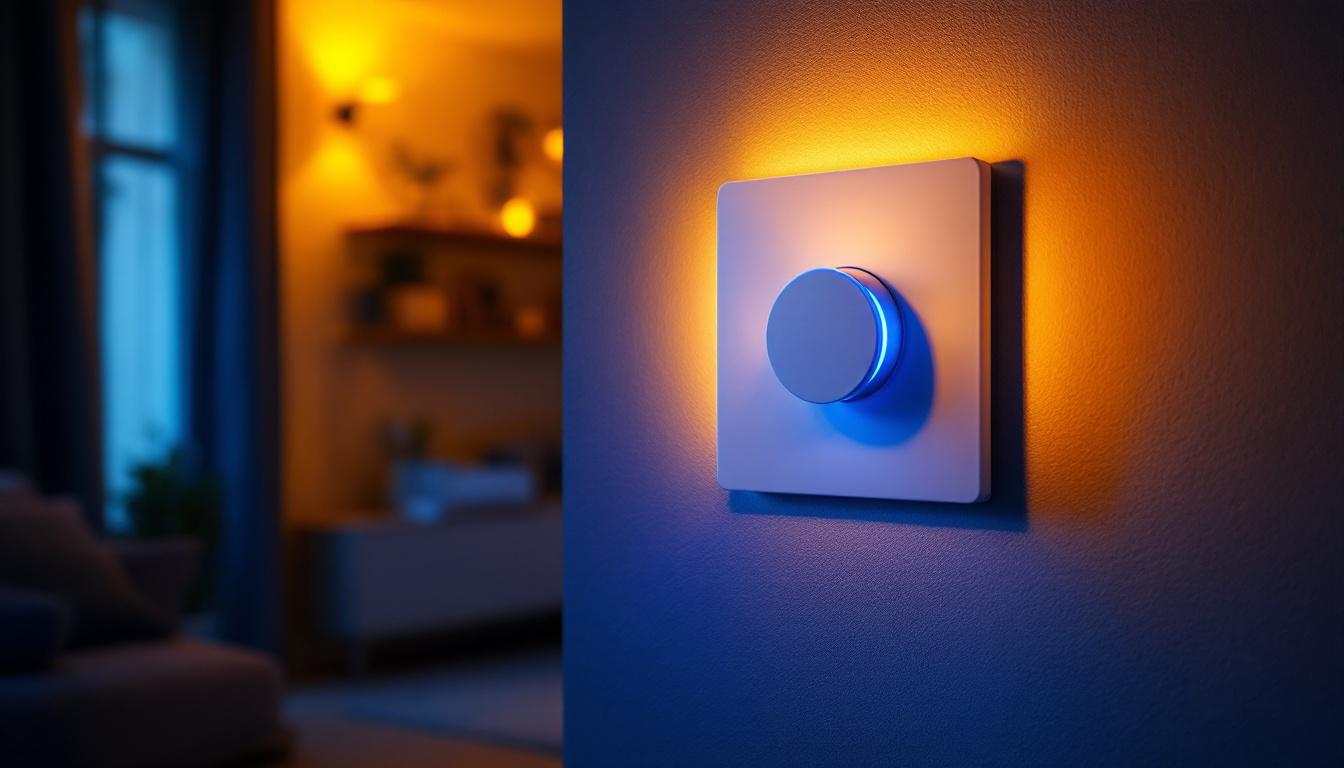
In the rapidly evolving world of lighting technology, solar lighting has emerged as a sustainable and cost-effective solution for various applications. For lighting contractors, understanding the intricacies of solar lighting projects is crucial to avoid costly mistakes that can impact both the project’s success and client satisfaction. This article will delve into common pitfalls and provide insights on how to navigate the complexities of solar lighting installations.
Before embarking on a solar lighting project, it is essential to have a solid grasp of the technology involved. Solar lighting systems harness sunlight through photovoltaic cells, converting it into electricity to power LED fixtures. This process is not only energy-efficient but also environmentally friendly. The use of solar energy reduces reliance on fossil fuels, contributing to a decrease in greenhouse gas emissions and promoting sustainability. As communities and businesses increasingly prioritize green initiatives, solar lighting has emerged as a popular choice for both outdoor and indoor applications.
However, the effectiveness of solar lighting systems can vary significantly based on several factors, including geographical location, climate conditions, and the specific design of the lighting system. For example, areas with abundant sunlight will yield better results compared to regions that experience frequent cloud cover or rain. Therefore, a thorough understanding of these elements is vital for successful project execution. Additionally, advancements in solar technology, such as improved battery storage and smart controllers, have further enhanced the performance and reliability of solar lighting systems, making them a more attractive option for diverse applications.
A typical solar lighting system comprises several key components: solar panels, batteries, LED fixtures, and controllers. Each component plays a critical role in the overall performance of the system. For instance, the size and efficiency of the solar panels directly affect the amount of energy generated, while the battery capacity determines how long the lights will operate after sunset. The integration of high-efficiency LED fixtures not only maximizes energy use but also extends the lifespan of the lighting system, reducing maintenance costs over time.
Contractors must ensure that all components are compatible and appropriately sized for the intended application. A common mistake is underestimating the energy needs of the lighting fixtures, leading to insufficient power supply and inadequate lighting performance. Furthermore, selecting the right type of battery is crucial, as different technologies—such as lithium-ion and lead-acid—offer varying levels of efficiency, cost, and longevity. Understanding these nuances can greatly enhance the overall effectiveness of the solar lighting system and ensure it meets the demands of its intended environment.
Conducting a comprehensive site assessment is one of the most crucial steps in any solar lighting project. Factors such as shading from trees or buildings, the orientation of the solar panels, and local weather patterns can significantly influence the system’s efficiency. For instance, a site with minimal obstructions will allow for optimal sunlight exposure, thereby maximizing energy generation. Additionally, understanding seasonal variations in sunlight can help in designing a system that performs consistently throughout the year.
Proper planning involves not only assessing the physical site but also understanding the client’s needs and expectations. Engaging with clients to determine their specific lighting requirements can help avoid misunderstandings and ensure that the final installation meets their needs. This process may include discussing the desired brightness levels, the duration of lighting needed each night, and any aesthetic preferences for the fixtures. By aligning the technical aspects of the solar lighting system with the client’s vision, contractors can create a solution that is both functional and visually appealing, ultimately enhancing the overall user experience.
Despite the benefits of solar lighting, several common mistakes can lead to project failure. Awareness of these pitfalls can help contractors avoid costly errors and enhance project outcomes.
One of the most significant mistakes contractors can make is failing to conduct thorough research on available solar technologies and products. The solar lighting market is continually evolving, with new advancements emerging regularly. Contractors must stay informed about the latest innovations, including more efficient solar panels, longer-lasting batteries, and improved LED technologies.
Investing time in research can lead to better product selection, ultimately enhancing the performance and longevity of the lighting system. Additionally, understanding the latest trends can help contractors provide clients with options that offer the best value for their investment. For instance, the rise of smart solar lighting systems, which can be controlled via mobile apps and feature adaptive lighting capabilities, presents a significant opportunity for contractors to differentiate their offerings and meet the growing demand for energy-efficient solutions.
Every region has its own set of regulations and incentives related to solar energy installations. Failing to consider these factors can result in compliance issues and missed opportunities for cost savings. Many local governments offer incentives, such as tax credits or rebates, to encourage solar installations, which can significantly reduce project costs.
Contractors should familiarize themselves with local regulations and incentives before starting a project. This knowledge not only helps in compliance but can also be a selling point when discussing project costs with clients. Furthermore, understanding zoning laws and permitting processes can streamline project timelines and prevent delays. Engaging with local authorities early in the planning phase can also foster positive relationships that may benefit future projects, ensuring smoother approvals and potentially opening doors to collaborative initiatives that promote renewable energy within the community.
The design phase of a solar lighting project is critical to its success. A well-thought-out design can enhance the functionality and aesthetics of the installation while minimizing potential issues down the line.
Selecting the appropriate lighting fixtures is essential for achieving the desired illumination levels and ambiance. Factors such as lumen output, color temperature, and beam angle should be carefully considered to meet the specific needs of the application.
Additionally, the design should account for the placement of fixtures to ensure optimal light distribution. Poorly positioned fixtures can lead to uneven lighting, creating dark spots or overly bright areas that can detract from the overall effectiveness of the system.
The battery is a critical component of any solar lighting system, as it stores energy generated during the day for use at night. Selecting the right type and capacity of the battery is essential to ensure reliable performance.
Contractors should consider factors such as the average daily energy consumption, the expected duration of use, and the local climate when choosing a battery. Implementing a battery management system can also help optimize performance and extend the life of the battery, reducing long-term maintenance costs.
Proper installation is key to the success of any solar lighting project. Adhering to best practices during installation can help prevent future issues and ensure that the system operates as intended.
Each solar lighting product comes with specific installation guidelines provided by the manufacturer. Following these guidelines is crucial to ensure that the system operates efficiently and safely. Neglecting to adhere to these instructions can lead to performance issues or even damage to the equipment.
Contractors should take the time to familiarize themselves with the manufacturer’s recommendations and ensure that all installation team members are trained accordingly. This attention to detail can significantly impact the overall success of the project.
Once the installation is complete, thorough testing and commissioning of the solar lighting system are essential. This process involves verifying that all components are functioning correctly and that the system meets the design specifications.
Testing should include checking the solar panel output, battery performance, and the illumination levels of the fixtures. Addressing any issues during this phase can prevent costly repairs and ensure that the system operates optimally from the outset.
Even the best-designed solar lighting systems require regular maintenance to ensure long-term performance. Contractors should educate clients on the importance of maintenance and provide guidance on how to care for their systems.
Setting up a maintenance schedule can help ensure that the solar lighting system continues to function efficiently over time. Regular checks on the solar panels, batteries, and fixtures can identify potential issues before they escalate into significant problems.
Contractors can offer maintenance services or provide clients with a checklist of tasks to perform, such as cleaning solar panels, checking battery levels, and inspecting fixtures for damage. This proactive approach can enhance client satisfaction and extend the lifespan of the system.
Offering ongoing support to clients can foster long-term relationships and encourage repeat business. Being available to answer questions, provide troubleshooting assistance, and address any concerns can enhance the overall client experience.
Additionally, contractors can leverage client feedback to improve future projects and service offerings. Building a reputation for excellent customer support can set a contractor apart in a competitive market.
Solar lighting presents a wealth of opportunities for contractors looking to provide sustainable and cost-effective solutions for their clients. However, avoiding common mistakes is crucial to ensure project success and client satisfaction. By understanding the technology, conducting thorough research, adhering to best practices in design and installation, and providing ongoing support, contractors can navigate the complexities of solar lighting projects with confidence.
Ultimately, investing time and effort into each phase of the project—from planning through maintenance—will lead to successful outcomes that benefit both contractors and their clients. Embracing solar lighting not only contributes to a greener future but also positions contractors as leaders in the evolving landscape of energy-efficient solutions.
Ready to elevate your solar lighting projects with the best in spec-grade lighting products? At LumenWholesale, we provide contractors like you with the highest quality lighting solutions at unbeatable wholesale prices. Say goodbye to middleman markups and hello to a vast selection of reliable, high-performance lighting that meets the strictest industry standards. With the added convenience of free shipping on bulk orders, you can trust that you’re getting premium lighting at the best value — no hidden fees, no compromises. Make your next lighting project a shining success with LumenWholesale. Discover our extensive range and take advantage of our exceptional deals by visiting Wholesale Lighting at the Best Value today.

Discover how lighting contractors can elevate their projects by mastering the integration of motion sensors, light sensors, and LED lights.

Discover the transformative power of outdoor up lighting for lighting contractors.

Discover how outdoor solar powered lights can enhance your business profitability in this comprehensive guide tailored for lighting contractors.

Discover how the dimmer LED switch is revolutionizing the lighting industry with its energy efficiency, customizable ambiance, and extended bulb lifespan.